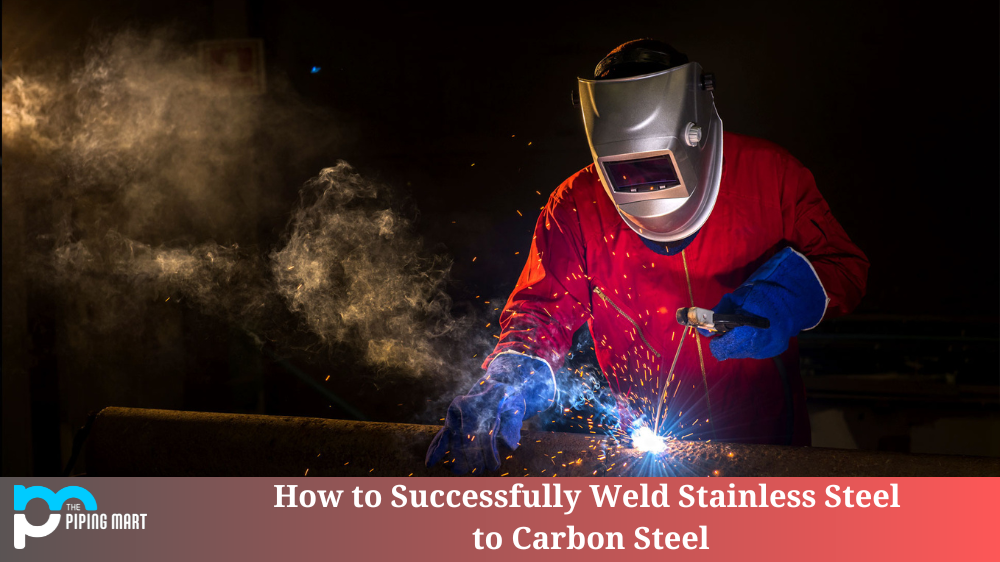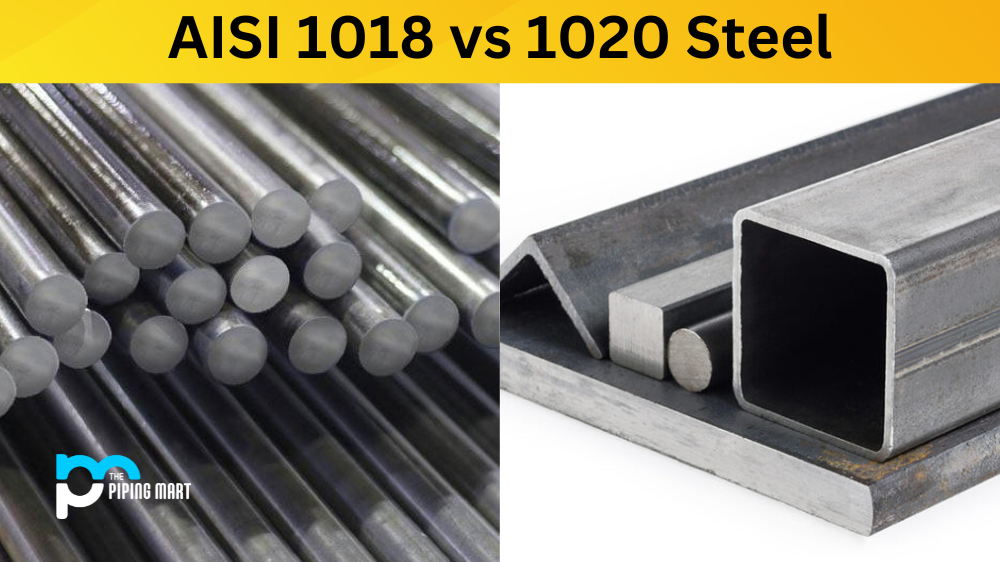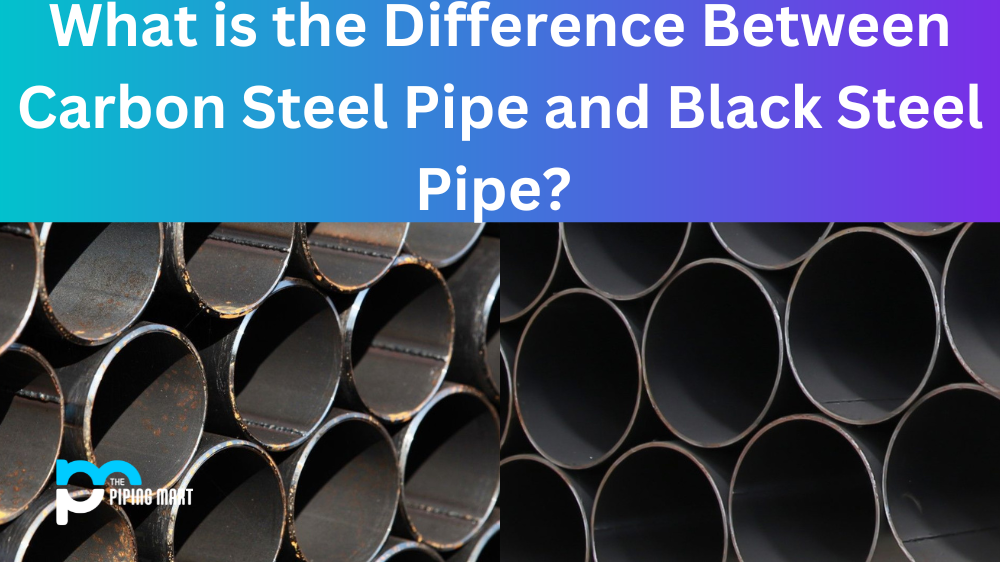If you’re looking to weld stainless steel and carbon steel together, there are some important things you need to know. This welding process requires specific knowledge and understanding to perform correctly and safely. Let’s dive into how to weld stainless steel and carbon steel together successfully.
Welding Processes
The type of welding process you use will determine the success or failure of your project. When welding stainless steel to carbon steel, a shielded metal arc welding (SMAW) process is recommended because it combines good deposition rates with low cost and ease of use. This process is referred to as “stick” welding and uses a consumable electrode with a flux coating around it. The flux coating acts as a slag during the welding process, which helps protect the weld from oxidation and contamination.
Prepare the materials
The first step in welding stainless steel to carbon steel is to prepare the materials. This includes cleaning the surfaces of the metals and removing any contaminants that may be present. Additionally, it is important to ensure that the metals are properly aligned before welding.
Set up the welding equipment
The next step is to set up the welding equipment. This includes choosing the correct type of electrode and setting the power level. Additionally, it is important to ensure that the welding area is well-ventilated.
Begin welding
Once the materials are prepared and the equipment is set up, you can begin welding. It is important to start with a small area and work slowly to avoid overheating the metals. Additionally, it is important to use short, consistent welds.
Cool the metals
After you have finished welding, it is important to cool the metals properly. This can be done by submerging them in water or using a cooling fan. Additionally, it is important to avoid quenching the metals too quickly, as this can cause them to crack.
Inspect the welds
Once the metals have cooled, you should inspect the welds for any defects. If any defects are found, they should be repaired before proceeding. Additionally, it is important to test the strength of the welds before using them for their intended purpose.
Gas metal arc welding (GMAW) can be used when welding stainless steel to carbon steel. Still, this method requires more skill because it controls two shielding gases—one for the base material (carbon steel) and one for the filler material (stainless steel). It is also important to note that GMAW does not use flux as SMAW does, so there is no protection against oxidation or contamination during the welding process.
Welding Preparations
Before beginning your project, ensure that both surfaces are clean and free from dirt, grease, paint, rust, or any other contaminants that could prevent a strong bond between the two materials. Using an angle grinder or wire brush, you should also remove scale deposits on both surfaces before starting. You must take extra care when grinding stainless steel because overheating can cause warping or damage to its corrosion-resistant properties.
Reasons You Shouldn’t Weld Plain Carbon and Stainless Steel Wire
Difficulty – Welding different metals together add extra challenges to the process. This translates into increased labor, rejection/error rates, and costs.
Hot Cracking of the Stainless Steel – SS is more electrically-resistant than carbon steel, stainless heat up much quicker in electrical resistance welds than carbon steel. The stainless steel will overheat and become riddled with hot cracks while looking ahead to carbon steel to achieve weld temperature. Using filler-based welding or preheating the plain steel will improve the condition this, however, these methods aren’t ideal.
Thermal Expansion in High-Temperature Service Conditions – Another drawback of using different metals in a welded wire form is that thermal expansion from heat can have an effect on each metal differently. This distinction in expansion rates between the two metals can cause further fatigue to the welded joint—reducing the wire form’s structural integrity and helpful life.
Increased Bimetallic Corrosion – the main reason you want to use stainless steel is because of its strong resistance to corrosion. An uncovered weld of plain and stainless steel that is exposed to extremely corrosive conditions, such as immersion in saltwater, could cause corrosion. This is due to the mix together of plain steel particles with the stainless alloy compromises the protective oxide layer of the stainless, allowing rust to form.
Reduced Weld Strength – Even with filler-based welding methods the problem with joining different metals is that it can lead to weaker welds. The differences in weld temperatures and operational tolerances alone can easily compromise the strength of the welded joint.
To boil it down, welding different metals together is difficult to do, and often produces inferior results to using metal alloys that are similar or the same.
By taking into account the long-term effects of using different metal alloys in a custom wire form, you can make sure that you get the right method for the job.
Conclusion:
Welding stainless steel and carbon steel requires specific knowledge to perform correctly and safely. The most common welding processes are shielded metal arc welding (SMAW) or gas metal arc welding (GMAW). Before beginning your project, ensure that both surfaces are clean and free from dirt, grease, paint, rust, or any other contaminants that could prevent a strong bond between the two materials. Following these steps carefully ensures that your welded joint will be strong enough for whatever application you have in mind!

A passionate metal industry expert and blogger. With over 5 years of experience in the field, Palak brings a wealth of knowledge and insight to her writing. Whether discussing the latest trends in the metal industry or sharing tips, she is dedicated to helping others succeed in the metal industry.




